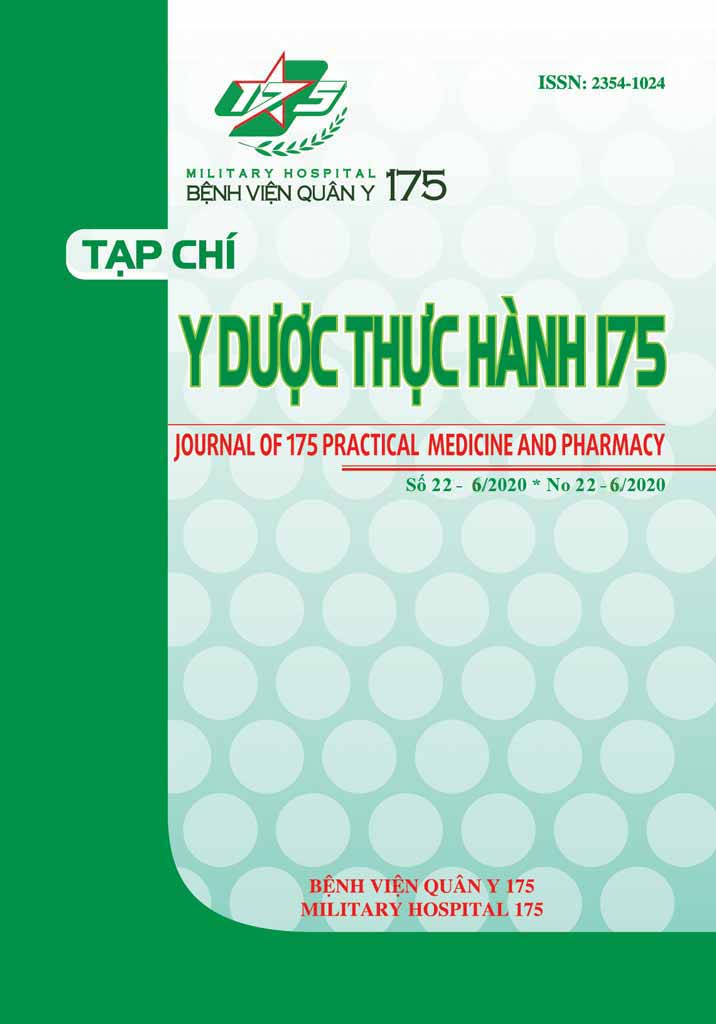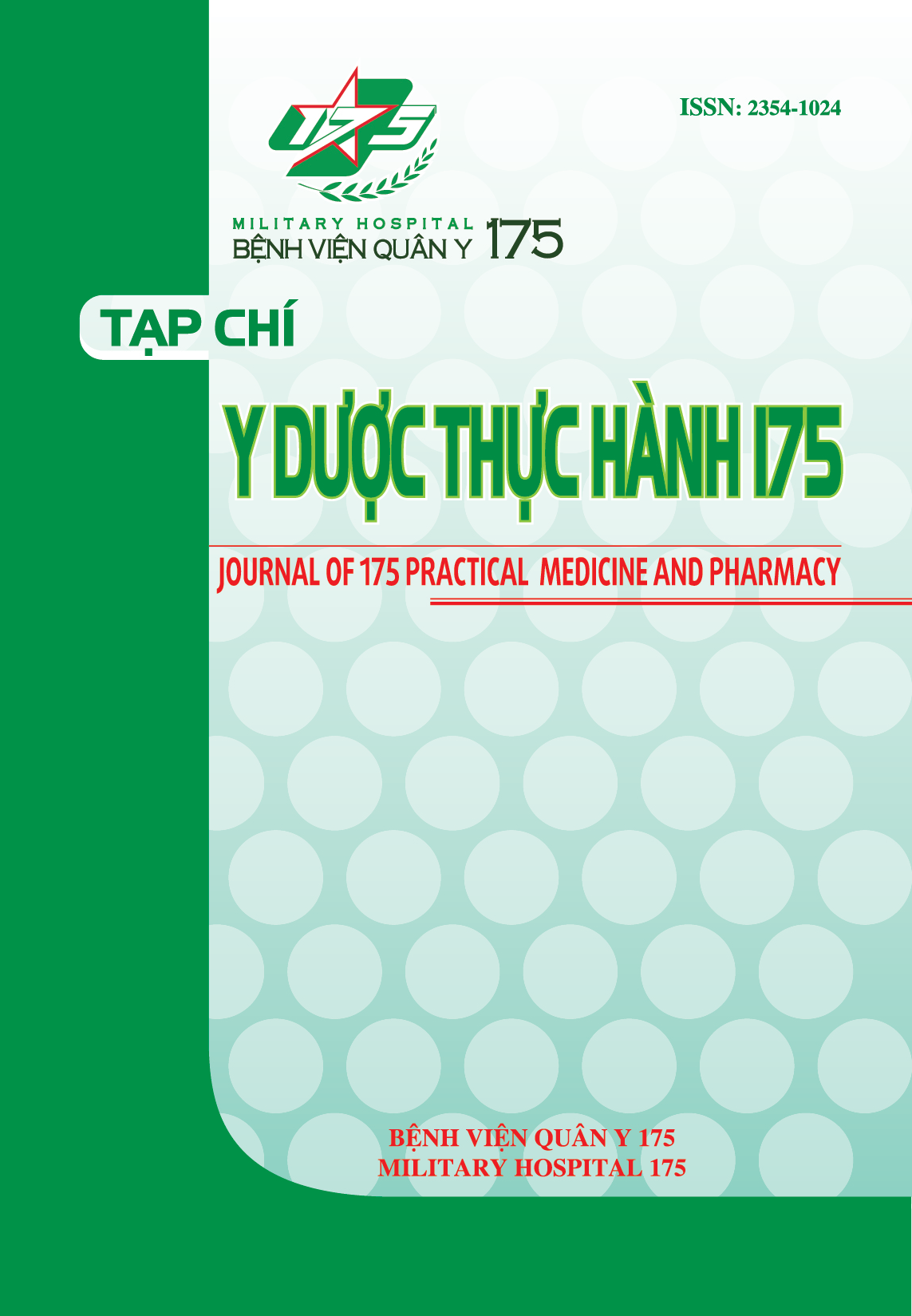MRI RESULTS AFTER ARTHROSCOPIC ROTATOR-CUFF REPAIR: CORRELATION BETWEEN TENDON HEALING AND REHABILITATION SHOULDER FUNCTION
Authors
DOI: https://doi.org/10.59354/ydth175.2020.156Keywords:
Arthroscopy, MRI, Sugaya’s, shoulder, tendon healingReferences
Cazzato, M. Fodale, G. Sircana, and G. Milano, “Magnetic resonance imaging criteria for the assessment of the rotator cuff after repair: a systematic review,” Knee Surgery, Sport. Traumatol. Arthrosc., vol. 23, no. 2, pp. 423–442, 2015.
M. Yoshida et al., “Post-operative rotator cuff integrity, based on Sugaya’s classification, can reflect abduction muscle strength of the shoulder,” Knee Surgery, Sport. Traumatol. Arthrosc., vol. 26, no. 1, pp. 161–168, 2018.
A. Bhatnagar, S. Bhonsle, and S. Mehta, “Correlation between MRI and arthroscopy in diagnosis of shoulder pathology,” J. Clin. Diagnostic Res., vol. 10, no. 2, p. RC18-RC21, 2016.
T. K. B. K.M. Muthami, M, C.K. Onyambu, A.O. Odhiambo, I.M. Muriithi, “Correlation of magnetic resonance imaging findings with arthroscopy in the evaluation of rotator cuff pathology,” vol. 8, no. September, pp. 52–59, 2014.
A. Lambert et al., “Rotator cuff tears: value of 3.0T MRI,” J. Radiol., vol. 90, no. 5 Pt 1, pp. 583–588, 2009.
P. H. Flurin et al., “Cuff Integrity After Arthroscopic Rotator Cuff Repair: Correlation With Clinical Results in 576 Cases,” Arthrosc. - J. Arthrosc. Relat. Surg., vol. 23, no. 4, pp. 340–346, 2007.
Cho N.S., Lee B.G., Rhee Y.G. (2011). The American Journal of Sports Medicine Arthroscopic Rotator Cuff Repair Using a Suture Bridge Technique. Am J Sports Med, 39(10): 2108-2116
Russell RD, Knight JR, Mulligan E, Khazzam MS (2014) Struc-tural integrity after rotator cuff repair does not correlate with patient function and pain: a meta-analysis. J Bone Joint Surg Am 96:265–271
Downloads
PDF Downloaded: 95










